What is the highest temperature a ceramic can withstand?
As a materials scientist deeply immersed in the study of materials pushed to their absolute limits, the question "What is the highest temperature a ceramic can withstand?" is one I encounter frequently. It’s a query that delves into the very essence of material endurance. The simple answer is that it’s incredibly high, but the precise figure is nuanced. We’re talking about conditions so intense that they challenge our ability to even measure them accurately, let alone find materials that remain stable. This isn’t just academic curiosity; industries from aerospace to advanced energy production depend on understanding these limits to pioneer new technologies.
Why is pinpointing the absolute highest temperature a ceramic can endure so complex?
If "withstanding" temperature was a simple, fixed value, material selection for extreme environments would be trivial. However, you’d quickly find your designs failing if you relied on a single, context-less number, leading to costly setbacks or dangerous operational failures.
"Withstanding" temperature is not solely about a ceramic’s melting point. It’s a multifaceted concept encompassing the material’s ability to maintain structural integrity, chemical stability, and essential mechanical properties under specific thermal loads and environmental conditions over a defined operational lifetime. A ceramic might melt at X^\circ C but become useless due to excessive creep or oxidation at a significantly lower temperature.
| Category | Detail |
|---|---|
| Question/Challenge | Why is "withstanding temperature" for ceramics a complex concept, not a single value? |
| Risk of Ignoring | Oversimplification leads to material misapplication, unexpected failures, and compromised system safety/performance. |
| Key Takeaway | "Withstanding" involves maintaining structural, chemical, and mechanical integrity under specific operational conditions, not just avoiding melting. |
Isn’t a ceramic’s melting point the definitive answer to how hot it can get before it fails?
If only it were that simple! Focusing solely on the melting point is like judging a marathon runner only by their height – you’re missing most of the critical performance factors. This oversight can lead to selecting a material that melts at an impressively high temperature but fails catastrophically due to other mechanisms much sooner.
While a high melting point is a crucial prerequisite, several other factors critically determine a ceramic’s true operational temperature limit. These include its resistance to oxidation or other chemical attacks from the operational atmosphere, its ability to bear mechanical loads without deforming (creep resistance) or fracturing at high temperatures, and its resilience to thermal shock (rapid temperature changes).
| Category | Detail |
|---|---|
| Question/Challenge | Beyond melting point, what other factors determine a ceramic’s maximum usable temperature? |
| Risk of Ignoring | Selecting materials based only on melting point can lead to failures from oxidation, creep, or thermal shock well below that temperature. |
| Key Takeaway | True thermal limits are also dictated by oxidation resistance, creep strength, thermal shock resistance, and chemical stability in the service environment. |
which specific ceramics currently hold those records?
Chasing high melting points without knowing the top contenders means you might be working with outdated information or missing out on materials that could redefine the performance limits of your application, potentially hindering innovation.
The current frontrunners in terms of sheer melting point are predominantly transition metal carbides and some complex multi-component ceramics. Hafnium Carbide (HfC)1 is consistently cited, and specific compositions of Tantalum Hafnium Carbide (Ta_xHf_yC_z) have also demonstrated exceptionally high melting temperatures, often pushing the 4000^\circ C mark.
| Category | Detail |
|---|---|
| Question/Challenge | Which specific ceramic materials exhibit the highest melting points currently known? |
| Risk of Ignoring | Lack of awareness of leading UHTCs can result in suboptimal material choices for extreme temperature designs. |
| Key Takeaway | Hafnium Carbide (HfC) and certain Tantalum Hafnium Carbide (Ta_xHf_yC_z)2 compositions are record-holders for melting points, often exceeding 3900^\circ C. |
What makes Hafnium Carbide, in particular, such a champion in the heat-resistance race?
If you’re evaluating materials only by a list of melting points without understanding why a material like HfC performs so well, you might not appreciate the fundamental material science that could guide the development of future UHTCs or the selection of alternatives if HfC isn’t suitable for other reasons (e.g., cost, processability).
Hafnium Carbide (HfC) has a reported melting point around $3958^\circ C. This exceptional refractoriness stems from the strong covalent bonds between hafnium and carbon atoms within its crystal lattice structure, requiring immense thermal energy to break these bonds and transition into a liquid state. Its high atomic weight constituents also contribute to its stability.
| Category | Detail |
|---|---|
| Question/Challenge | Why does Hafnium Carbide (HfC) exhibit such an exceptionally high melting point? |
| Risk of Ignoring | Without understanding the underlying reasons for HfC’s performance, one cannot strategically develop or select similar UHTCs. |
| Key Takeaway | HfC’s high melting point (3958^\circ C) is due to strong atomic bonding in its crystal structure and high atomic weight elements. |
How does something like Tantalum Hafnium Carbide compare or potentially exceed HfC?
Dismissing complex multi-component systems as too niche or developmental could mean missing out on materials that offer the absolute highest thermal stability, potentially limiting the ultimate performance of a cutting-edge system.
Indeed, specific compositions of Tantalum Hafnium Carbide, such as Ta_4HfC_5, have been reported with melting points around 3990^\circ C, potentially even exceeding 4000^\circ C in some studies. The theory is that the specific arrangement and interaction of tantalum, hafnium, and carbon atoms in these complex structures can create even more stable bonding environments or higher entropy configurations that further resist melting compared to binary carbides.
| Category | Detail |
|---|---|
| Question/Challenge | How can complex carbides like Tantalum Hafnium Carbide (Ta_xHf_yC_z) achieve even higher melting points than binary HfC? |
| Risk of Ignoring | Overlooking these advanced multi-component UHTCs means potentially not leveraging the materials with the absolute highest thermal limits. |
| Key Takeaway | Specific compositions like Ta_4HfC_5 (melting point ~3990^\circ C) achieve extreme refractoriness through optimized atomic arrangements and bonding in their complex crystal structures. |
Are there other UHTCs I should be aware of, even if they don’t hold the absolute melting point record?
Focusing only on the top one or two record-holders for melting point might cause you to overlook other UHTCs that, while having slightly lower melting points, offer a better balance of properties for a specific application, such as superior oxidation resistance or fracture toughness.
Absolutely. While HfC and Ta_xHf_yC_z are often cited for peak melting points, other UHTCs like Tantalum Carbide (TaC, ~3880^\circ C), Zirconium Carbide (ZrC, ~3530^\circ C), Hafnium Diboride (HfB_2, ~3380^\circ C), and Zirconium Diboride (ZrB_2, ~3245^\circ C) are critically important. These materials often form the basis of UHTC composites designed to balance extreme temperature capability with other vital engineering properties.
| Material | Approx. Melting Point (°C) | Key Characteristics |
|---|---|---|
| HfC | ~3958 | Record high, good thermal stability |
| Ta_4HfC_5 | ~3990 | Potentially highest, complex system |
| TaC | ~3880 | Very high, good refractoriness |
| ZrC | ~3530 | High, precursor for some UHTCs |
How Are Such Hellish Temperatures Measured Accurately?
Surely measuring them is a massive challenge.
Blindly accepting reported ultra-high temperature values without understanding the measurement challenges can lead to overconfidence in material limits or, conversely, an underestimation if the measurements were conservative. This uncertainty can directly impact design safety factors and performance predictions.
You’re right, it’s extremely challenging. Temperatures above 2500^\circ C, and especially approaching 4000^\circ C, are typically measured using non-contact methods like optical pyrometry. These instruments estimate temperature by measuring the intensity of thermal radiation emitted by the material. Accuracy depends on knowing the material’s emissivity at high temperatures, precise calibration, and minimizing interference from any surrounding atmosphere or containment system. Laser heating is often used to achieve these temperatures in small, localized spots.
| Category | Detail |
|---|---|
| Question/Challenge | How are extremely high temperatures (e.g., $3500^\circ C$ – $4000^\circ C$) measured accurately for determining melting points? |
| Risk of Ignoring | Uncritically accepting temperature data without knowing measurement limitations can lead to flawed material assessments and design choices. |
| Key Takeaway | Non-contact optical pyrometry, often combined with laser heating, is the primary method, but it requires careful calibration and emissivity correction for accuracy. |
what’s a realistic maximum service temperature I can actually use it at in an engineering application?
If you design a component expecting it to operate near its theoretical melting point, you are almost certainly designing for failure. The gap between a material’s melting point and its practical, reliable service temperature can be vast due to real-world operational stresses and environmental interactions.
The maximum practical service temperature is almost always significantly lower than the melting point. For UHTCs, this reduction can be hundreds or even over a thousand degrees Celsius. Factors like mechanical load (which can cause creep or fracture), the chemical environment (especially oxidizing atmospheres), duration of exposure, and required component lifetime heavily dictate this de-rating. For many UHTCs, sustained operation above 2000^\circ C – 2500^\circ C in air is already extremely demanding, while in inert environments, they might push higher, but rarely approach their melting points under load.
| Category | Detail |
|---|---|
| Question/Challenge | What is the realistic maximum service temperature for UHTCs3 compared to their theoretical melting points? |
| Risk of Ignoring | Designing based on melting points rather than practical service limits will invariably lead to premature component failure and system malfunction. |
| Key Takeaway | Practical service limits are much lower than melting points, heavily influenced by load, atmosphere, exposure time, and desired lifetime, often falling in the $2000-2500^\circ C$ range for demanding applications. |
Does It Change How Hot a Ceramic Can Get?
If you don’t consider the operating atmosphere, you might select a UHTC with a fantastic melting point in a vacuum, only to see it rapidly degrade and fail at a much lower temperature in an oxidizing or reactive gas environment common in many applications.
Absolutely, the atmosphere is a game-changer. In a vacuum or a truly inert atmosphere (like purified argon), many UHTCs can operate closer to their theoretical temperature limits because oxidative and chemical degradation pathways are minimized. However, in an oxidizing atmosphere (like air), which is common for aerospace propulsion or hypersonic vehicles, non-oxide ceramics like carbides and borides will react to form oxides. This oxidation can be life-limiting, drastically reducing the effective maximum service temperature, sometimes by hundreds of degrees, unless protective measures or inherently oxidation-resistant compositions are used.
| Category | Detail |
|---|---|
| Question/Challenge | How does the operating atmosphere (vacuum, inert, oxidizing) affect a ceramic’s maximum sustainable temperature? |
| Risk of Ignoring | Ignoring atmospheric effects leads to catastrophic underestimation of degradation rates and overestimation of service temperatures, especially for non-oxide UHTCs in air. |
| Key Takeaway | Oxidizing atmospheres significantly reduce the maximum service temperature of many UHTCs due to chemical degradation, whereas inert/vacuum environments are more permissive. |
Where are these extreme temperature capabilities of ceramics actually being put to use?
Without understanding the key application drivers, it’s hard to appreciate the immense practical value and the critical need for developing and characterizing these ultra-high temperature materials4. This context highlights why exceeding current limits is so important.
The most demanding applications are found in aerospace and defense: rocket nozzles, combustion chamber liners, and thermal protection systems (TPS) for hypersonic vehicles (like nose cones and leading edges) where temperatures can exceed 2000^\circ C – 3000^\circ C in oxidizing conditions. Advanced energy generation, such as components for next-generation gas turbines, fusion reactors, and even some extreme industrial processes (e.g., specialized crucibles or furnace linings), also critically depend on or drive the development of UHTCs.
| Category | Detail |
|---|---|
| Question/Challenge | In which real-world applications are the extreme temperature limits of ceramics most critically tested and needed? |
| Risk of Ignoring | Lack of awareness of application needs hinders focused material development and appreciation of UHTCs’ strategic importance. |
| Key Takeaway | Aerospace (hypersonics, rocketry) and advanced energy systems (fusion, turbines) are primary fields pushing the limits of UHTCs. |
Final Summary
In assessing the highest temperature a ceramic can withstand, it’s crucial to look beyond the headline-grabbing melting points of materials like Hafnium Carbide, which approach an astonishing 4000^\circ C. As I’ve emphasized, the true operational limit in any given application is invariably lower, dictated by a host of factors including the chemical environment (particularly oxidation), mechanical stresses, and the duration of exposure. The journey to harness these materials involves sophisticated manufacturing, meticulous testing under simulated service conditions, and ongoing research into novel compositions like high-entropy ceramics. Ultimately, the answer is not a single figure but a comprehensive understanding of how these extraordinary materials behave at the fiery edge of their capabilities, enabling us to engineer the next generation of technologies for the most extreme environments.
-
Explore the unique properties of Hafnium Carbide, a leading material in high-temperature applications, to understand its significance in material science. ↩
-
Learn about Tantalum Hafnium Carbide’s exceptional thermal stability and its potential advantages in extreme environments. ↩
-
Discover the practical limits of UHTCs in engineering applications, essential for designing reliable components in extreme environments. ↩
-
Explore this link to understand the significance and applications of ultra-high temperature materials in various industries. ↩
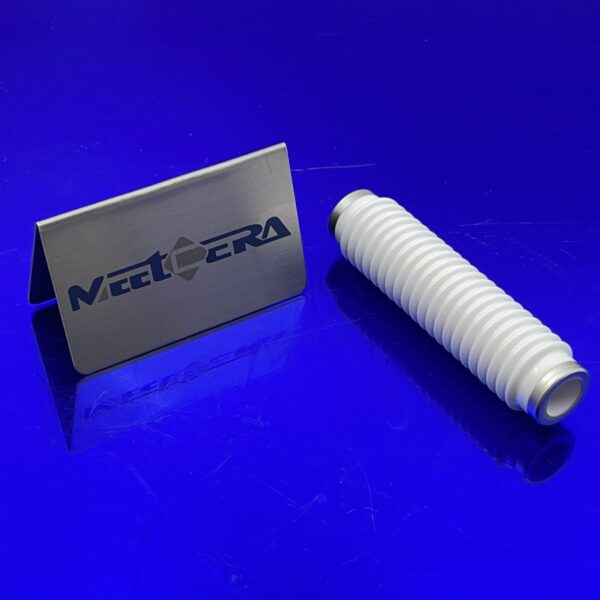
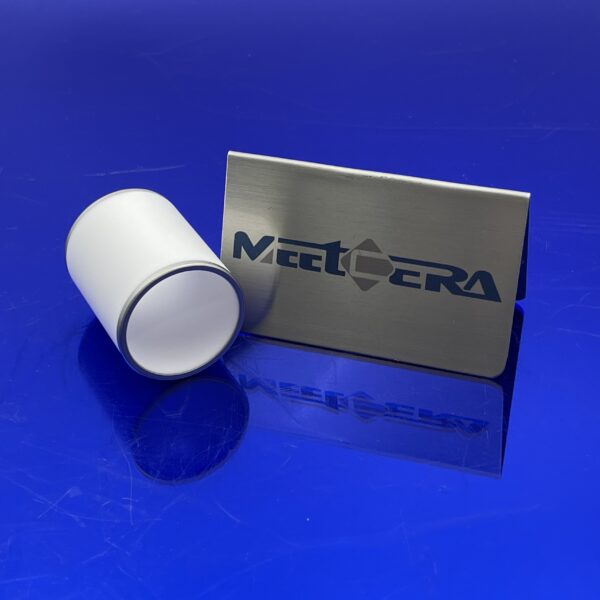
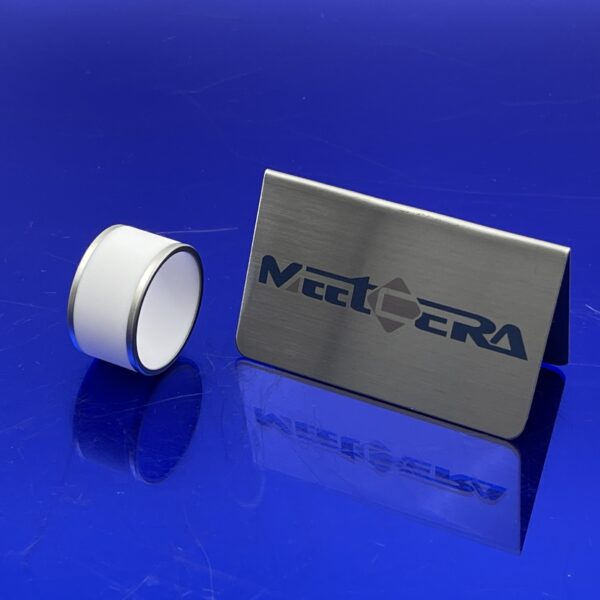
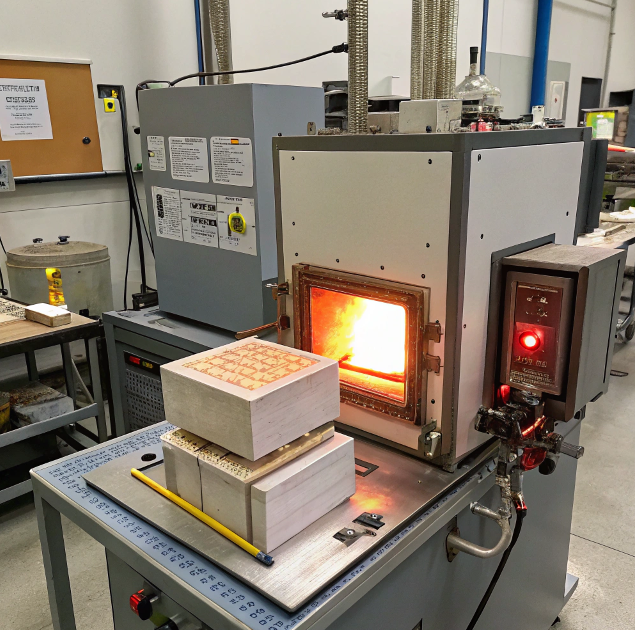

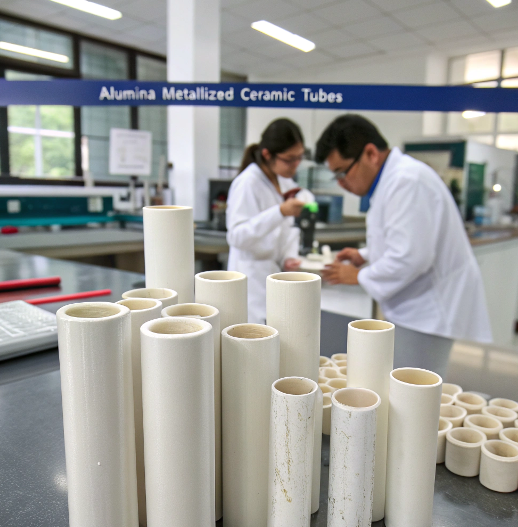


No comment